- No products in the cart.
Atrovent n spray ing. 20mkg / 10ml dose 200doz

Solgar lozenges 50 pcs Flavio zinc
$14.54
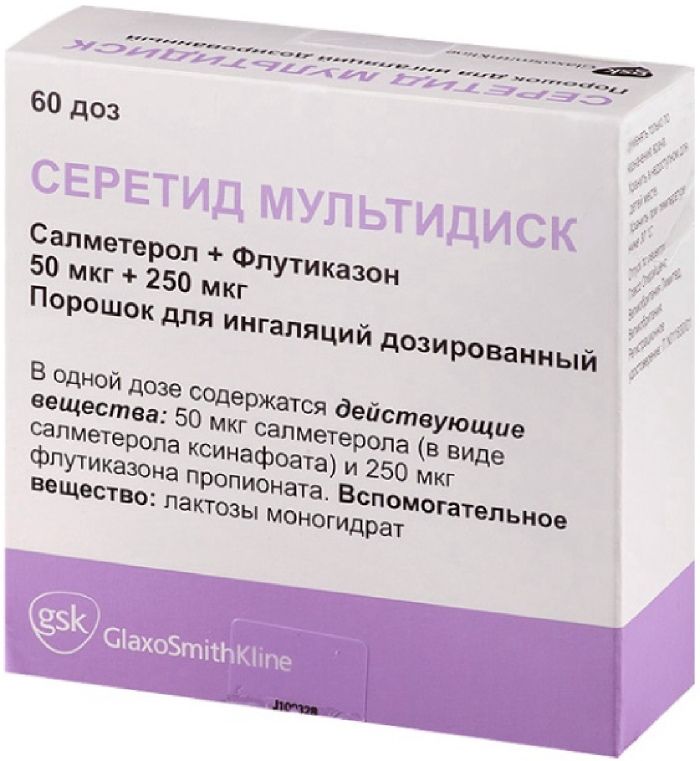
Seretide multidisk powder ing.dozir. 50mkg / 250mkg 60doz with inhaler
$33.31
$7.45
Atrovent n spray ing. 20mkg / 10ml dose 200doz
Description
Composition
Active substance:
1 dose contains: ipratropium bromide monohydrate 0.021 mg (21 ug), which corresponds to ipratropium bromide anhydrous 0.020 mg (20 mg) ;.
Excipients:
Ethanol absolute 8,415 mg Purified water 0.281 mg, 0.002 mg citric acid, tetrafluoroethane (HFA134a, propellant) 47.381 mg.
Description:
Transparent, colorless liquid, free from suspended particles.
Product form:
Aerosol for inhalation dose of 20 .mu.g / dose. 10 ml (200 doses) in a stainless steel canister with a metering valve and the mouthpiece with a protective cap with the company logo. Balloon with instructions for use in a cardboard box.
Contraindications
Hypersensitivity to atropine and derivatives thereof; Hypersensitivity to ipratropium bromide, or to other components of the formulation; pregnancy (I term).
Precautions: angle-closure glaucoma, urinary tract obstruction, cystic fibrosis, childhood.
Indications
Chronic obstructive lung disease (chronic obstructive bronchitis, emphysema); bronchial asthma (mild and moderate), especially with concomitant diseases of the cardiovascular system.
Interaction with other drugs
Long term use of inhaled drug joint Atrovent H with other anticholinergic drugs have not been studied. So long joint application Atrovent H preparation with other anticholinergic drugs are not recommended. Beta-adrenergic agents and xanthine derivatives may enhance the bronchodilatory effect Atrovent N. drug anticholinergic effect increases antiparkinsonian agents, quinidine, tricyclic antidepressants.
Overdose
Specific symptoms of overdose have been identified. Given the breadth of therapeutic effect and a method of using a local drug Atrovent H, occurrence of any significant anticholinergic symptoms unlikely. Possible minor manifestations of systemic anticholinergic effects such as dry mouth, blurred vision, increased heart rate. Treatment is symptomatic.
pharmachologic effect
Pharmacological group:
M-holinoblokator.
Pharmacodynamics:
Bronchodilatory agent. Does m-cholinergic receptors of the smooth muscle of the tracheobronchial tree and inhibits reflex bronchoconstriction. Having structural similarity with acetylcholine molecule is its competitive antagonist. Anticholinergics prevent the increase in intracellular calcium ion concentration that occurs due to the interaction with muscarinic acetylcholine receptors located in the smooth muscles of bronchi. The release of calcium ions is by means of secondary mediators (mediators), which include ITF (inositol triphosphate) and DAG (diacylglycerol). Effectively prevents bronchoconstriction resulting from inhalation of cigarette smoke, cold air bronhospazmiruyuschih action of various substances, and also eliminates bronchospasm associated with the effect of the vagus nerve. When inhalation use almost no resorptive action. Bronchodilation arising after inhalation Atrovent H drug is primarily a consequence of local and specific effects of the drug in the lungs, and not the result of its systemic effect. Ipratropium bromide has no adverse effect on mucus secretion in airway mucociliary clearance and gas exchange. In controlled 85-90-day studies conducted in patients with bronchospasm due to chronic obstructive pulmonary disease, chronic bronchitis and emphysema, a significant improvement in lung function was observed within 15 minutes, reached a maximum after 1-2 hours and persisted until 4-6 hours. In patients with asthma a significant improvement in the appearance of respiratory function is observed in 51% of patients.
Pharmacokinetics:
Absorption: the therapeutic effect of the drug Atrovent N is a consequence of its local effects in the respiratory tract. Development of bronchodilation than parallel pharmacokinetic parameters. After inhalation into the lungs usually falls (depending on the formulation and inhalation technique) 10-30% of the administered dose. Most of the dose is swallowed and enters the gastrointestinal tract. Part of the dose of the drug into the lungs rapidly reaches the systemic circulation (within several minutes). The total renal excretion (within 24 hours) of the starting compound is about 46% of the intravenously administered dose of less than 1% of the dose applied inside, and about 3-13% of the inhaled dose. From these data, it is calculated that the total systemic bioavailability ipratropium bromide, used inside and inhalation, is 2% and 7-28%, respectively. Thus, the influence swallowed portion of tiotropium bromide in systemic exposure is negligible.
Distribution: The kinetic parameters that describe the distribution of ipratropium bromide, calculated on the basis of its concentration in plasma after intravenous administration. A rapid biphasic decline in plasma concentrations. The apparent volume of distribution at equilibrium state concentration time (Vdss) is approximately 176 liters (approximately 2.4 L / kg). The drug binds to plasma proteins to a minimum extent (less than 20%). Ipratropium bromide, is a quaternary ammonium compound, does not penetrate the placenta and blood brain barrier.
Biotransformation: after intravenous injection about 60% of the dose is metabolized by oxidation, mainly in the liver. Known metabolites produced by idrosis, dehydration or separation of the hydroxymethyl group of tropic acid, and outputting the urine weakly bind to muscarinic receptors, and are considered inactive.
Excretion: half life during the terminal phase is about 1.6 hours. Ipratropium bromide total clearance is 2.3 l / min and the renal clearance – 0.9 l / min. The total gross renal excretion (for 6 days) isotope labeled dose (including starting material and all metabolite) following intravenous administration was 72.1%, after ingestion – 9.3%, and after inhalation application – 3.2%. Isotopically labeled total dose excreted through the intestines, after intravenous administration was 6.3%, after ingestion – 88.5%, and after inhalation application – 69.4%. Thus, the excretion of isotope-labeled dose after intravenous administration is carried out mainly through the kidneys. The half-life of the parent compound and the metabolites is 3.6 hours.
Pregnancy and breast-feeding
Pregnancy: safety of the drug Atrovent N during pregnancy in humans has not been established. In appointing the drug during a possible or confirmed pregnancy should take into account the ratio of the expected benefits from the appointment of the drug to the mother and the possible risk to the fetus. Do not use this drug in the I trimester of pregnancy. Use of the drug in the II and III trimester of pregnancy is possible only if the expected benefit to the mother outweighs the potential risk to the fetus. In preclinical studies, no embryotoxic or teratogenic effects of the drug were detected after its administration by inhalation in doses significantly exceeding the dose recommended in humans.
Lactation: It is unknown whether ipratropium bromide is excreted into breast milk. However, it is unlikely that ipratropium bromide, particularly when it is used by inhalation, may act with milk in the child’s body in significant quantities. But while the drug Atrovent N lactating mothers should be careful
Fertility: Clinical data on the effect of ipratropium bromide on fertility are not available. During the application of ipratropium bromide in preclinical studies, adverse effects on fertility were observed.
Conditions of supply of pharmacies
Prescription.
side effects
Many of these adverse effects may be due to the anticholinergic properties of the drug Atrovent Atrovent N. H as any inhalation therapy, may cause local irritation. Adverse drug reactions were determined based on data obtained in the clinical studies and in the supervision of the pharmacological use of the drug after its registration.
The most common side effects reported in clinical studies were headache, throat irritation, cough, dry mouth, motility disorders of the gastrointestinal tract (including constipation, diarrhea and vomiting), nausea and dizziness.
The frequency of adverse reactions that can occur during treatment is shown by the following grading: very often (> 1/10); common (> 1/100,
special instructions
Hypersensitivity: after treatment Atrovent H may arise immediate hypersensitivity reaction, which is indicated rare cases rash, urticaria, angioedema, edema oropharynx, bronchospasm and anaphylaxis.
Paradoxical bronchospasm: Atrovent H as other inhalable drugs can cause paradoxical bronchospasm, which can be life threatening. In case of use of paradoxical bronchoconstriction H Atrovent preparation should be discontinued immediately and assign an alternative therapy.
Complications of the eye: Atrovent H drug in patients who are predisposed to the development of acute glaucoma, should be used with caution. Known individual reports of complications of the eyes (including on the development of mydriasis, increased intraocular pressure, the development of acute glaucoma, pain in the eyes) in those cases when inhaled ipratropium bromide (used alone or in combination with an agonist of the beta 2-adrenergic receptors) into the eyes. Symptoms of severe acute glaucoma can be a pain or discomfort in the eyes, blurry vision, ghosting in objects and colored spots before the eyes, combined with redness of the eyes due to the injection of the conjunctiva and corneal edema vessels. If you develop any combination of these symptoms, shows the use of eye drops that reduce intraocular pressure, and immediately consult a specialist. Care must be taken to prevent the aerosol in the eye. Because the aerosol is released from the cartridge only when it is pressed and supplied from the mouthpiece into the mouth, the risk of it falling into the small eye.
Effects on renal function and urine excretion: Atrovent H drug should be used with caution in patients with existing urinary tract obstruction (e.g., benign prostatic hyperplasia or bladder outlet obstruction).
Motility disorders of the gastrointestinal tract: Patients with cystic fibrosis may be predisposed to the motility disorders of the gastrointestinal tract. It will be appreciated that the preparation contains a small amount of ethanol (8,415 mg per dose).
If inhalation are not effective enough or there is deterioration, should consult a doctor to change the treatment plan. In the case of sudden onset and rapid progression of dyspnea should also consult a doctor immediately.
Effect on the ability to drive mechanisms and
Studies on the effect of the drug on the ability to drive vehicles and mechanisms have not been conducted. Use caution when performing these activities, since it is possible the development of dizziness, tremor, disorders of accommodation of the eye, blurred vision, and mydriasis. In the event of the above undesirable sensations should refrain from potentially hazardous actions such as control of vehicles and mechanisms.
Storage conditions
Store at a temperature not higher than 25 C.
Keep out of the reach of children.
Dosing and Administration
Dosing should be done individually. During treatment, patients should be under medical supervision. Do not exceed the recommended daily dose of both during the emergency, and maintenance therapy. If the treatment does not lead to a significant improvement or the patient’s condition is getting worse, you need to consult a doctor to develop a new treatment plan. In the event of a sudden or rapid amplification of dyspnea (difficulty breathing) should consult a doctor immediately.
The recommended dose:
Adults and children over 6 years: 2 doses of inhaled (injection) 4 times a day. Since the need to increase the dose indicates the possible need for additional treatments, typically, not be used for more than 12 days of inhalation doses.
For the treatment of sudden exacerbation of chronic obstructive lung diseases can be shown Atrovent solution for inhalation. In children, the drug Atrovent N should be used only after consulting a doctor and under the supervision of adults (due to lack of information).
The use of metered aerosol
Proper application is essential for successful therapy. Before the first use of the new inhaler take the inhaler upside down, remove the protective cap 2 and make injection into the air by pressing the bottom of the cartridge twice. Every time you use a metered aerosol should do the following: 1. Remove the protective cap 2. Take a deep breath. 3. Hold the inhaler mouthpiece tightly clasp his lips. Arrow and bottom spray should be directed upward 4. Start inhale strongly and simultaneously press the bottom of the cartridge to release one inhalation dose. Continue to inhale slowly to the maximum and for a few seconds, hold your breath. Then remove the mouthpiece mouth and exhale slowly. For the second dose inhalation repeat steps from step 2. 5. After use, the inhaler wear cap. 6. If an aerosol inhaler has not been used for three days, before applying it, press on the valve once. The balloon is not transparent, so determine at a glance, when it becomes empty, it is impossible. An inhaler contains 200 doses of inhaled. After using all doses it may seem that the balloon still contains a small amount of liquid. However, the inhaler should be replaced, because otherwise you can not get the required therapeutic dose
The amount of drug in your inhaler can be checked in the following manner: – Shake the spray can, it will show if left in it a certain amount of liquid. – Another way. Remove the plastic mouthpiece with a cartridge and place the cartridge in a container with water. The contents of the cartridge can be estimated depending on its position in the water (see. Instructions for use).
Clean the inhaler at least once a week. It is important to maintain cleanliness in the inhaler mouthpiece to prevent ingress of preparation which can inhibit the release of aerosol.
During cleaning, first remove the protective cap and remove the canister from the inhaler. Pass through a nebulizer jet of warm water, make sure to remove the drug and / or visible dirt.
After cleaning, shake the inhaler and let it air dry without using heating devices. Once the die is dry, insert the cartridge into the inhaler and wear cap
CAUTION: The plastic mouthpiece designed for use metered aerosol Atrovent N and serves for precise dosing of the drug. This mouthpiece should not be used with any other metered aerosol. Nor can use metered aerosol Atrovent H with other mouthpieces. Aerosol spray can is under pressure. The balloon can not be opened or exposed to heat above 50 ° C.
Information
Appearance may differ from that depicted in the picture. There are contraindications. You need to read the manual or consult with a specialist
Additional information
| Weight | 0.100 kg |
|---|---|
| Manufacturer | Behringer |

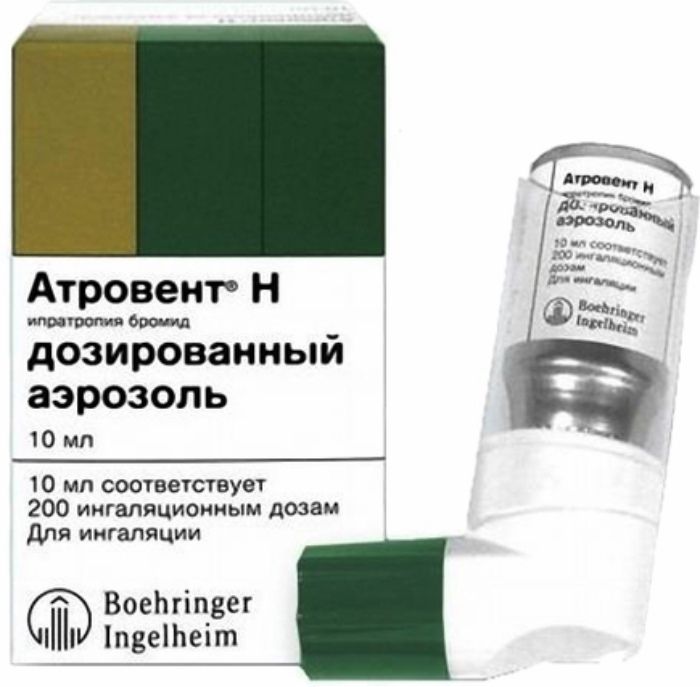
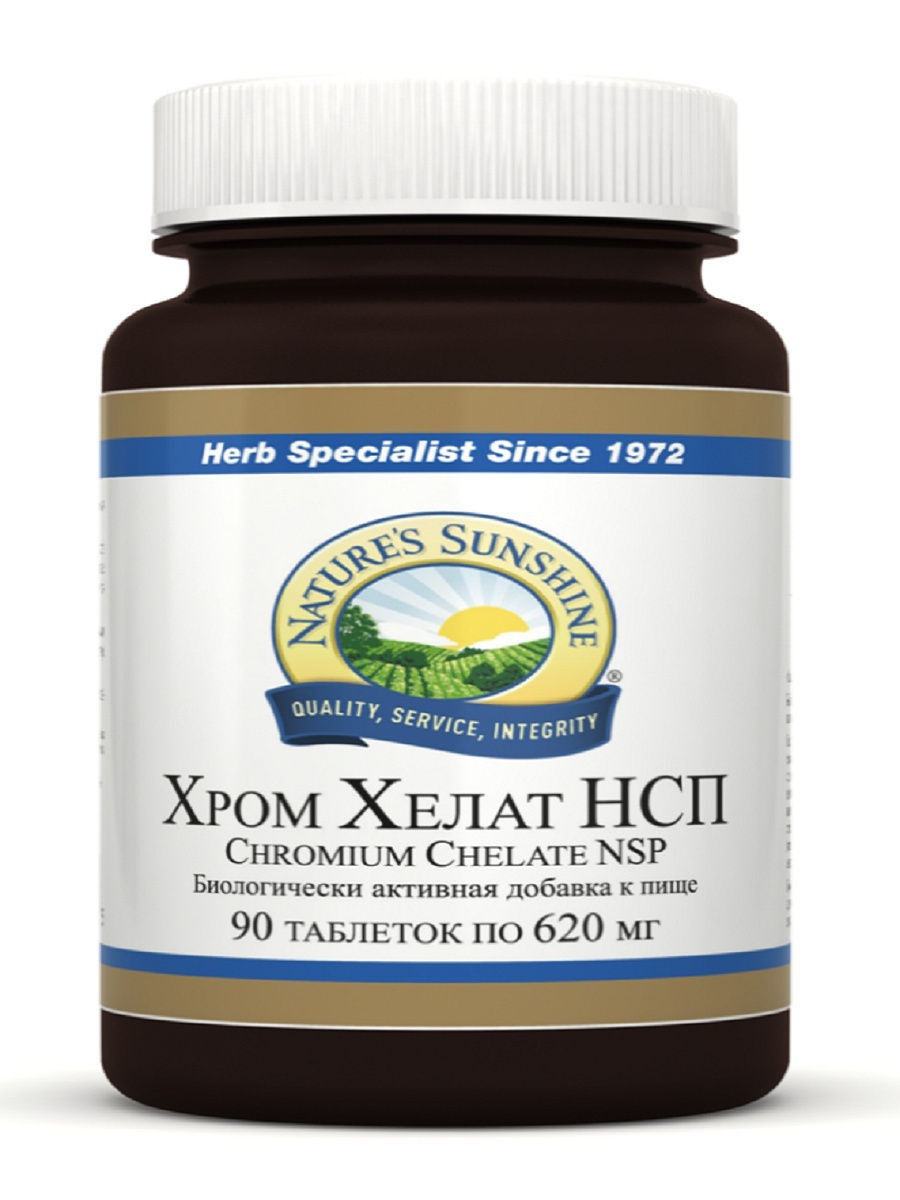
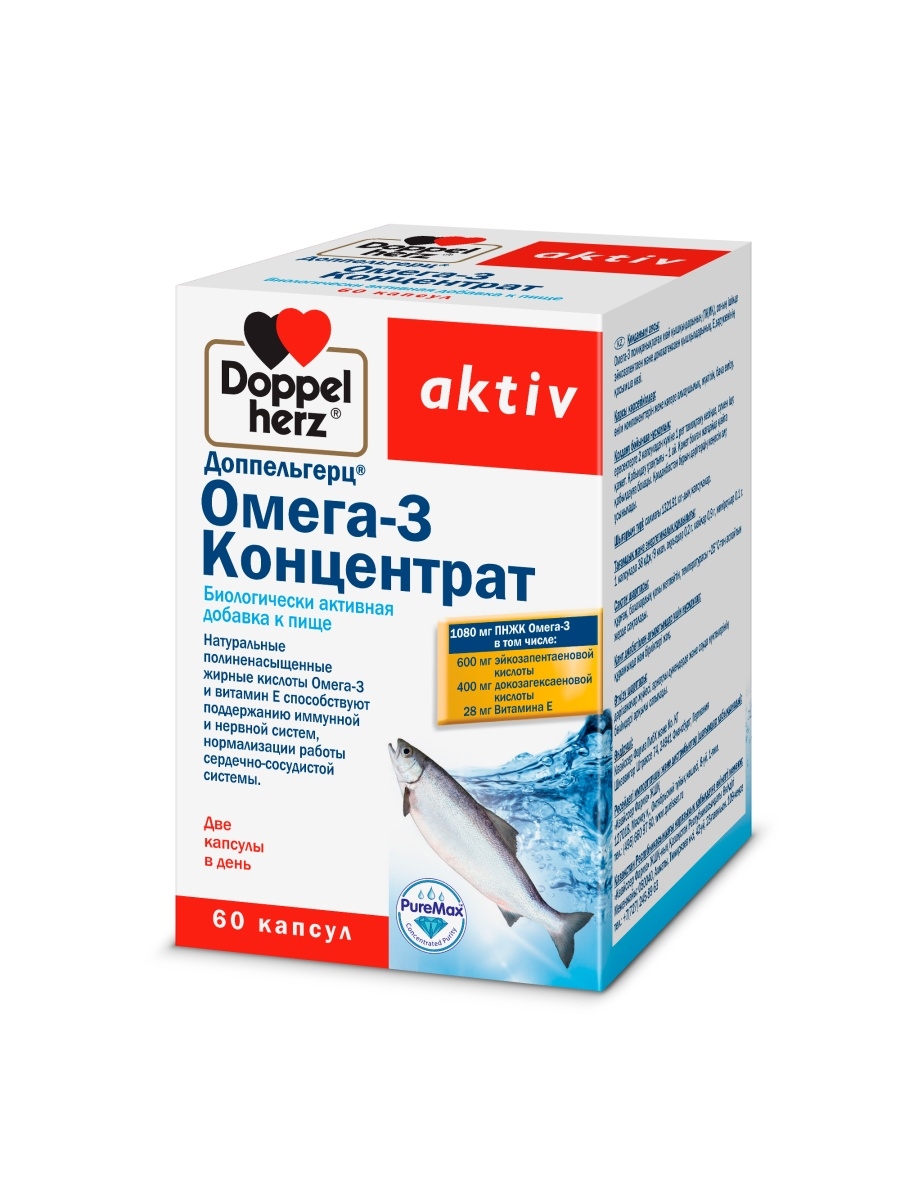
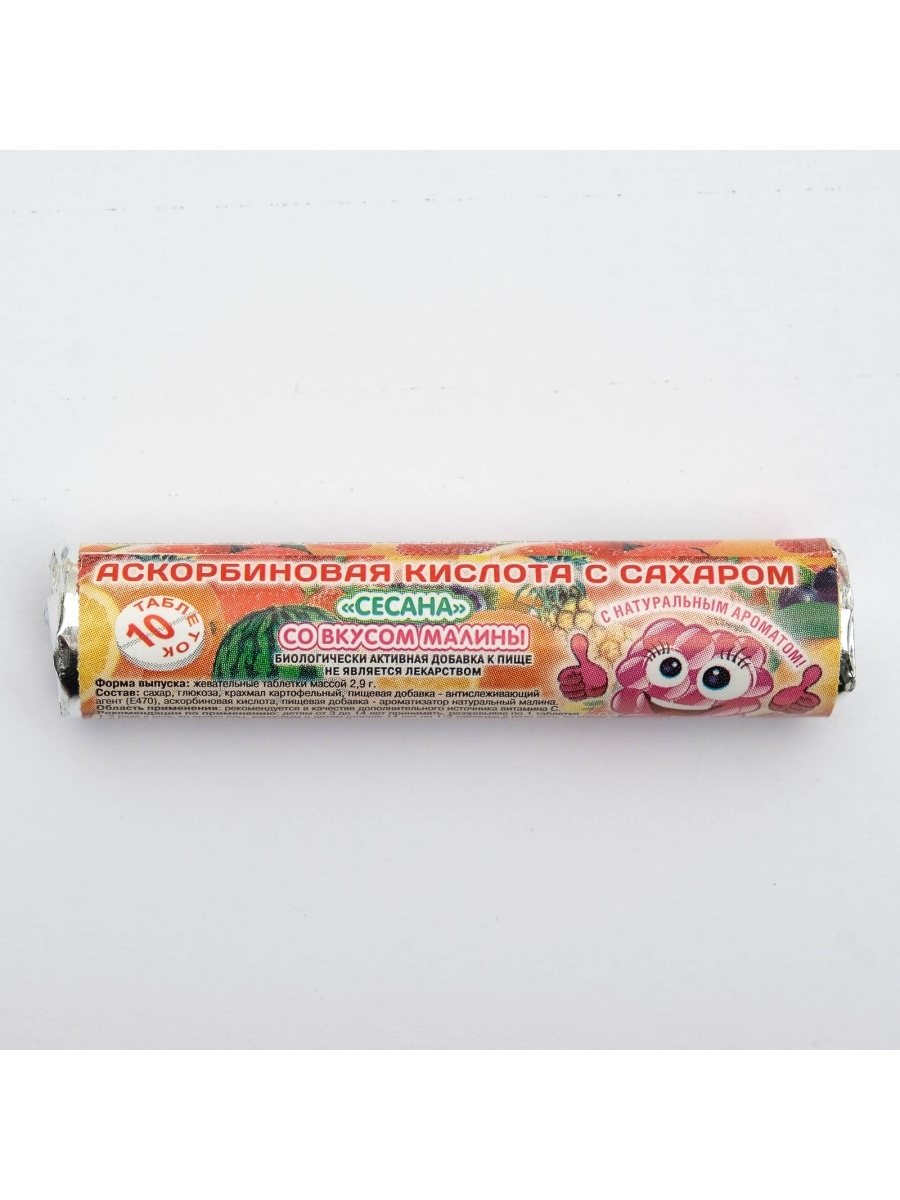
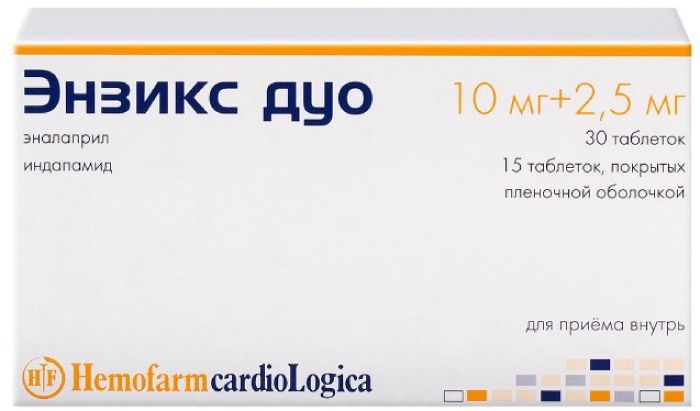

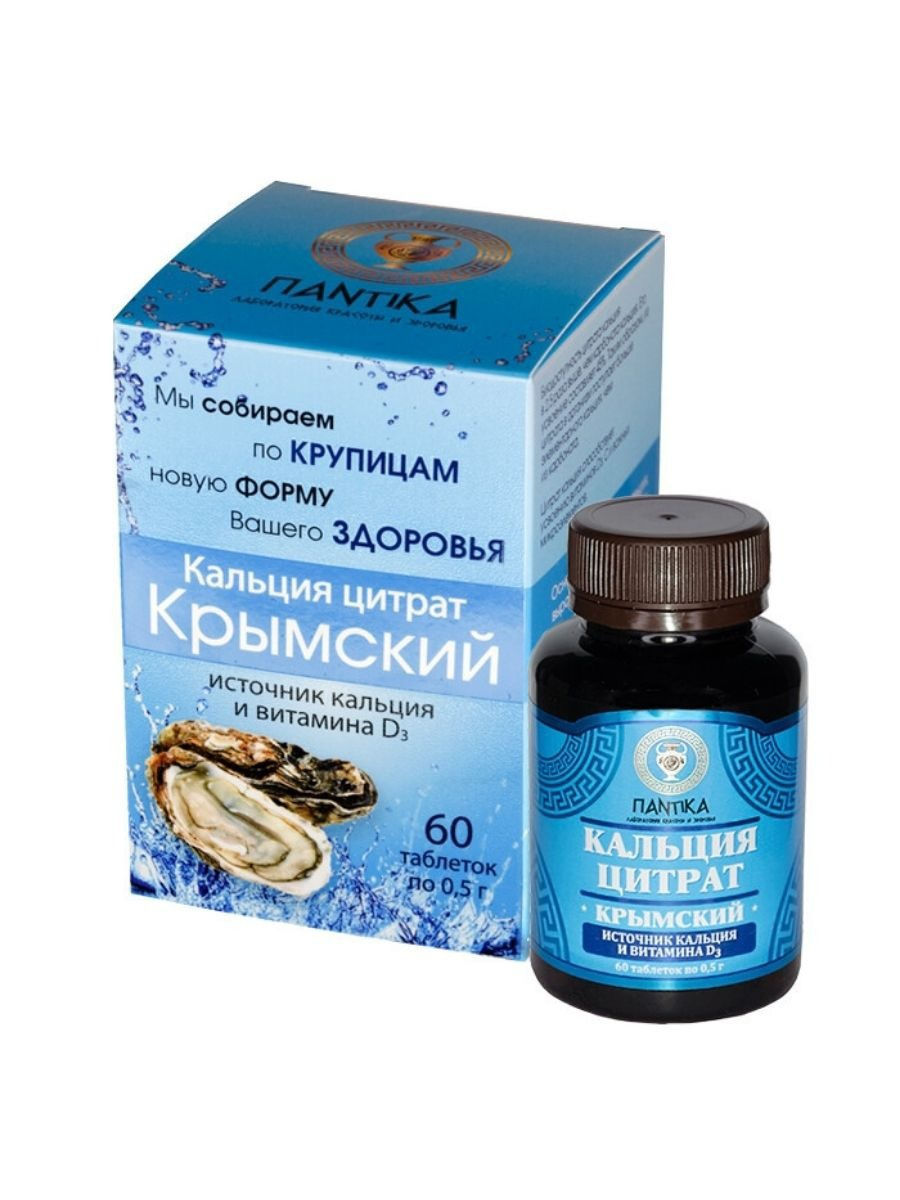




There are no reviews yet.